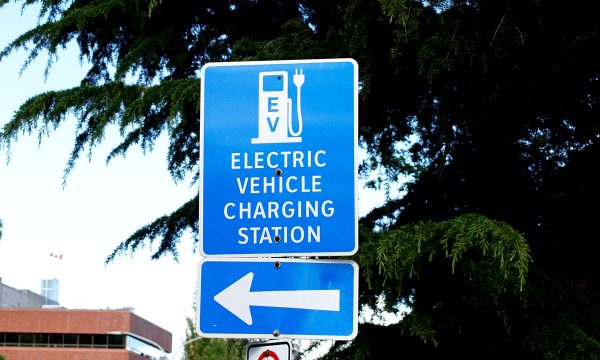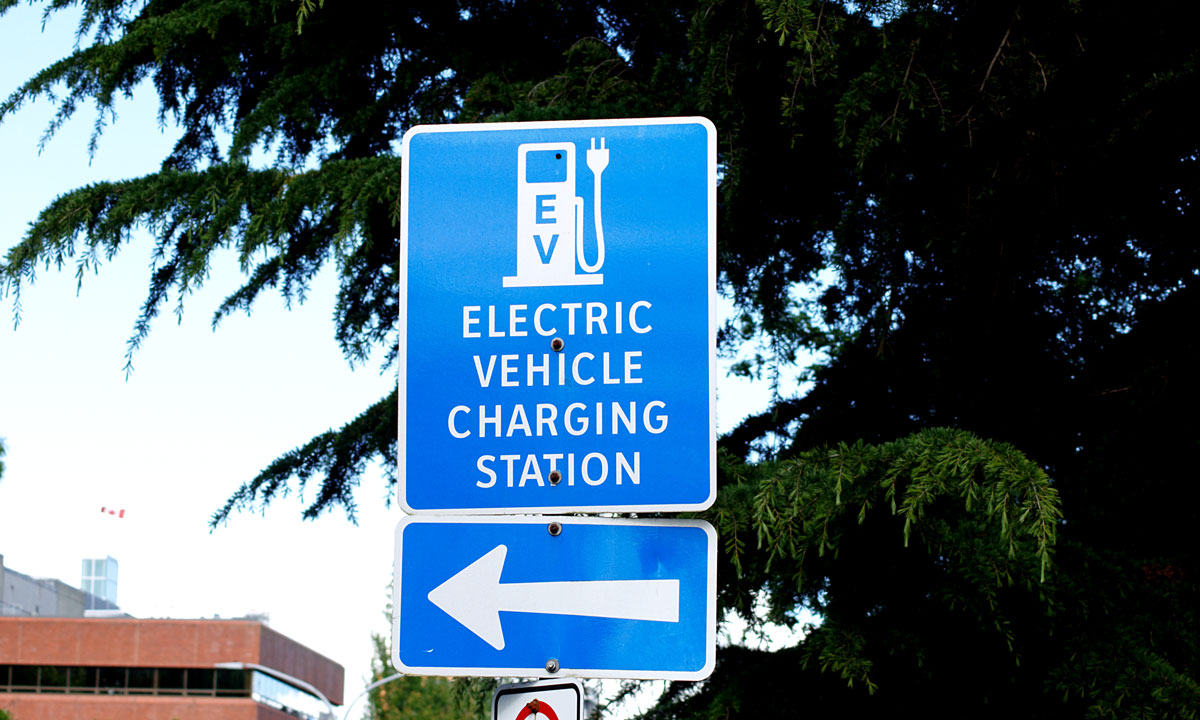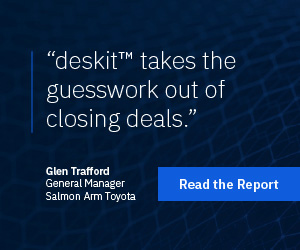
You might love them, you might hate them, yet there’s no denying that giant inflatables have a way of drawing customers off the street and onto dealer’s lots. Whether it’s a giant Jeep, a Gorilla (shown) or custom figure, the effect is often the same.
Despite the emphasis today on ‘virtual’ showrooms and marketing, there’s still nothing like having a physical aid to promote your business
Selling cars successfully often requires dealers to be creative. Whether it’s ad campaigns, customer appreciation days, or novel promotions, sometimes being able to stand apart from the herd can often put you in front of it.
That’s something that Rick Ashworth, president of Wheels Automotive Dealer Supplies Inc., knows only too well. Rick has been around the business for three decades, selling physical products and accessories to help dealers better promote their business. During that time he’s seen many changes.
“When I started, as a 19 year old back in the early 1980s, I was going around to dealers putting whitewalls on tires, that’s how long ago it was,” he chuckles. “But you have to remember that back then, they were extremely popular.” Enough in fact that Ashworth had a good amount of business. Even then he knew an opportunity when he saw one. “It was while installing whitewalls that I discovered dealers were asking for other products and accessories,” he says.
Ashworth soon diversified, first to wheel covers, resulting in the name of his business becoming Wheels Automotive. “I managed to purchase another business that supplied equipment to dealers at auction back in 1984 and from there it just snowballed. Today we supply everything from licence plate frames, to key tags, magnetic window stickers, as well as flags, banners, ramps, detailing products even inflatables, such as giant gorillas and cars.”
Yet despite the broad range of products available through the company, Wheels has remained strictly focused on dealers. “We don’t sell to the public or other vendors, just automotive retailers.
“What’s interesting is how perspectives have changed. When I first started, dealers, even big franchise stores such as GM facilities were encouraged to make their locations look like a circus, flags, banners, giant signs, you name it. The busier and more outlandish the store and lot looked, the thinking was, the more customers it would likely attract. After all it was the ’80s.”
However, by the turn of the 21st century, things had changed considerably. “I remember GM did a survey,” says Ashworth, “asking what people wanted and didn’t want when it came to the appearance of dealerships. One topic was ‘frills,’ so the company did an about turn and in 2000, came out with ‘image guidelines,’ essentially banning its stores from using outrageous displays, so there were no more banners or streamers, even flags were kept to a minimum. Some dealers I talked to, called the change “10 steps to poverty.”
Big brother doesn’t know best
“It’s interesting, because here was a corporate directive being issued to independent franchises, essentially restricting their ability to market their products and services when corporate revenue hinged on their profits and sales. I’ve been in the business a long time and when it comes to selling and servicing cars, nobody knows it better than the dealer on the street,” he says.
Despite this and other obstacles, including local municipalities who seem keen to enact every by-law they can to restrict the use of regalia and regulate the appearance of buildings, including dealerships, Ashworth remains optimistic.
He says that whether it’s a new manufacturer store or an independent used car retailer, savvy dealers know that despite the creation of the Internet and on-line showrooms, there’s still nothing like having banners, flags, or big displays to draw the crowds in. “I was driving along the street one day and I passed a new car dealer. His lot essentially looked like a parking garage. I think all I saw, were a couple of cars with a ‘special’ prices advertised in the window,” he says. “Down the road, another new car store was the polar opposite. He had huge flags flying, banners over his lot, massive window decals in his showroom and his special deals of the week were displayed on elevated ramps with large ‘blow out’ prices. It looked like a happening place. Think about it, if you were driving by, out of the two dealers, which one would you likely stop at first?”
Fight the good fight
So despite the over zealous by-law ‘policing’ of dealerships when it comes to appearance, some retailers have been fighting back against what they see as unfair, biased bureaucracy. In Brampton, Ont. a group of dealers simply had enough of being asked to take down banners or face huge fines and went to court. “They were successful on the grounds that the by-laws were discriminatory, the smaller dealers simply couldn’t afford to pay the fines and not being able to effectively promote their business was taking its toll on the local economy.”
In terms of actual products, where once whitewalls, wheel covers and other automotive accessories such as trunk racks, pinstripes and spoilers ruled the roost, today the emphasis has shifted. “I can’t remember the last time we installed a spoiler or trunk rack,” Ashworth says. “Today our most popular items are probably flags and key rings. We currently install flags for some 1,800 dealers in southern Ontario alone and ship many more across the country.” Dealers also like customized key tags that incorporate the name and logo of their store along with a phone number and roadside assistance.
Despite the dealer accessory industry being very price competitive, “you’ve always got to try and find the best rates on products, dealers are master hagglers,” says Ashworth. His clients can also be fiercely loyal.
Providing lasting value is key, he says. “It’s hugely important and an integral part of our success today. As somebody once said, quality is remembered long after price is forgotten.”
For more information visit: www.wheelsauto.com

















